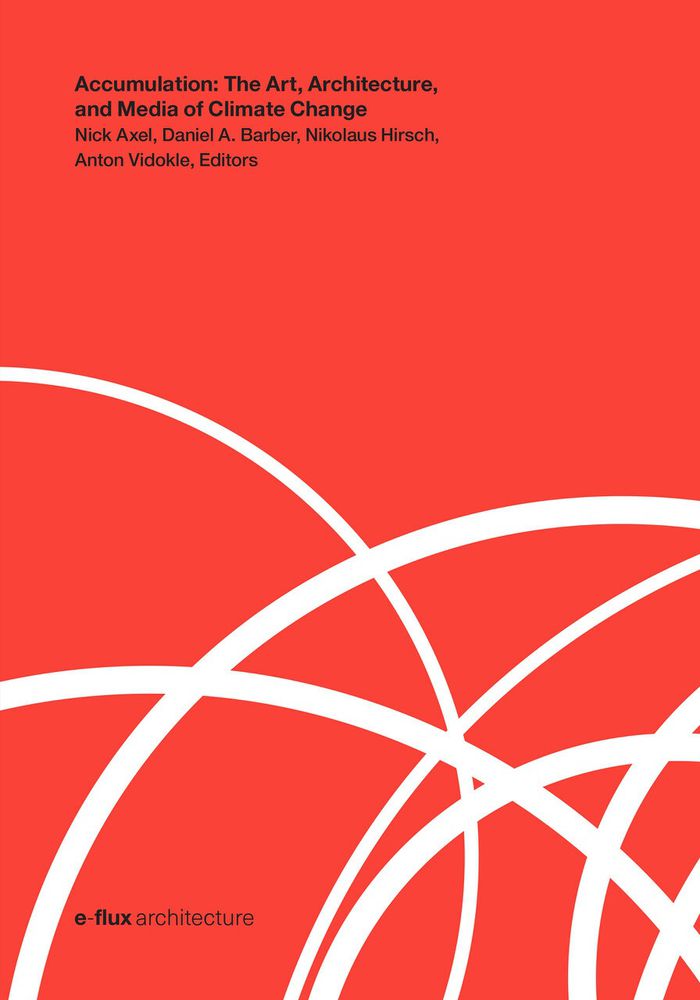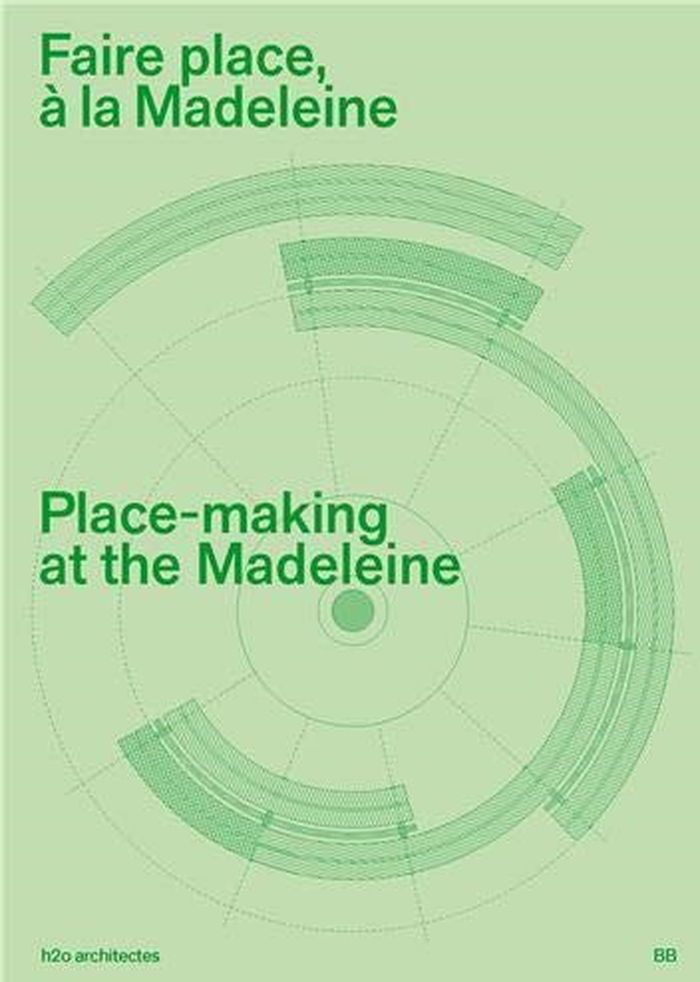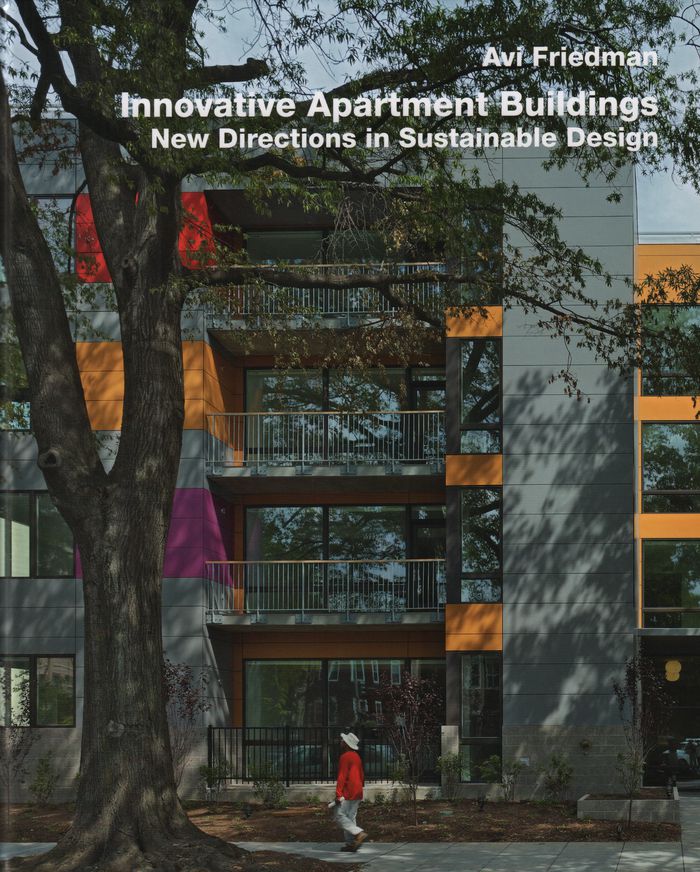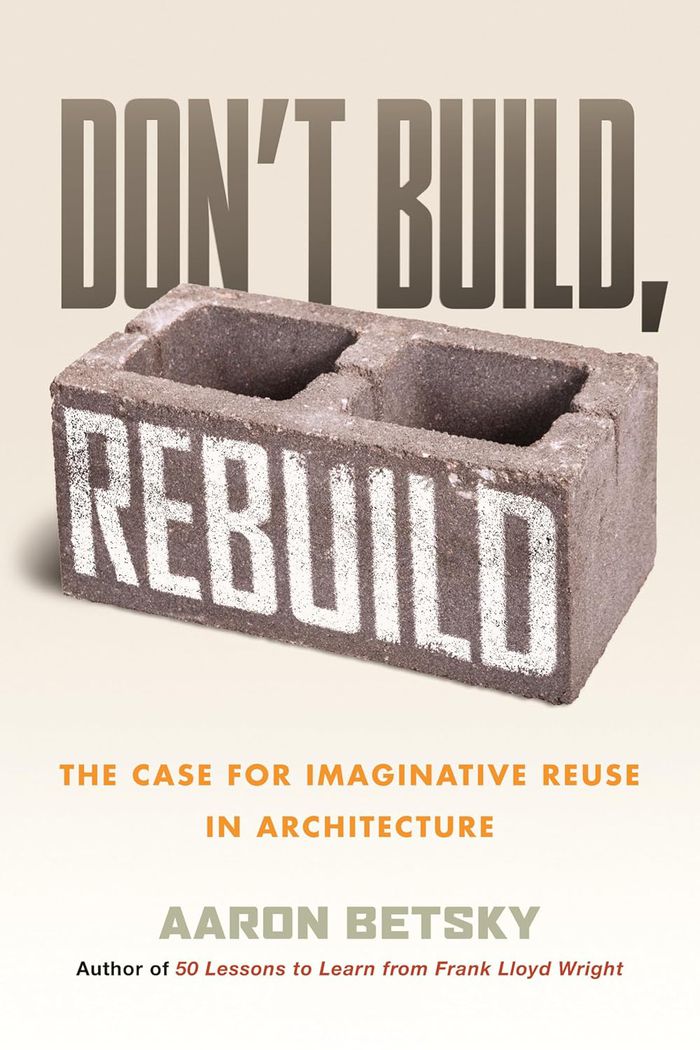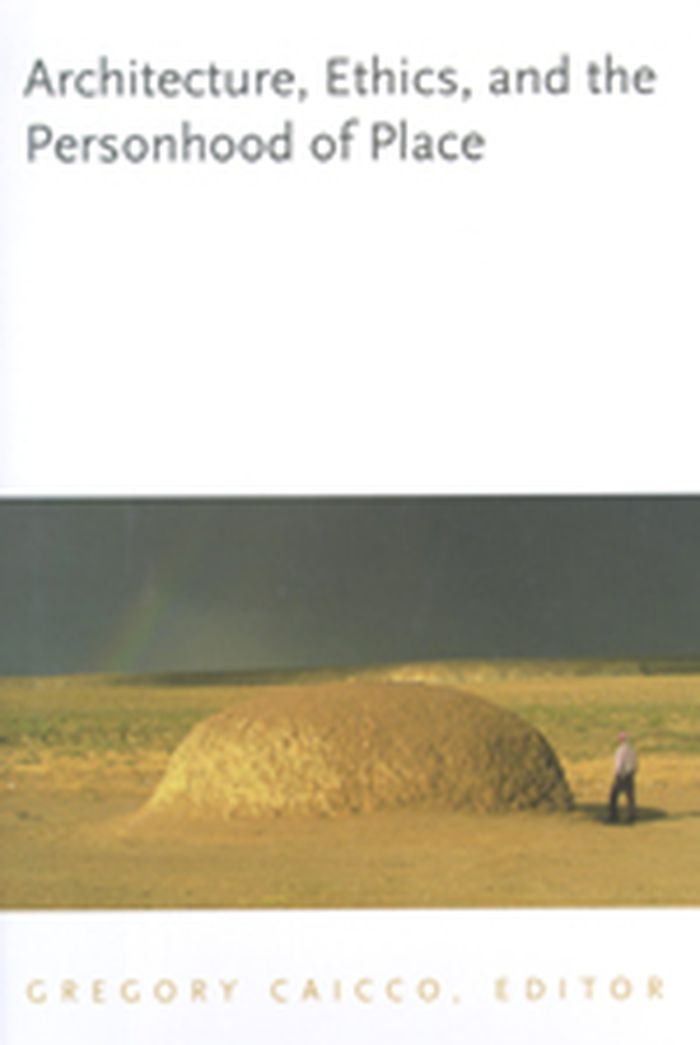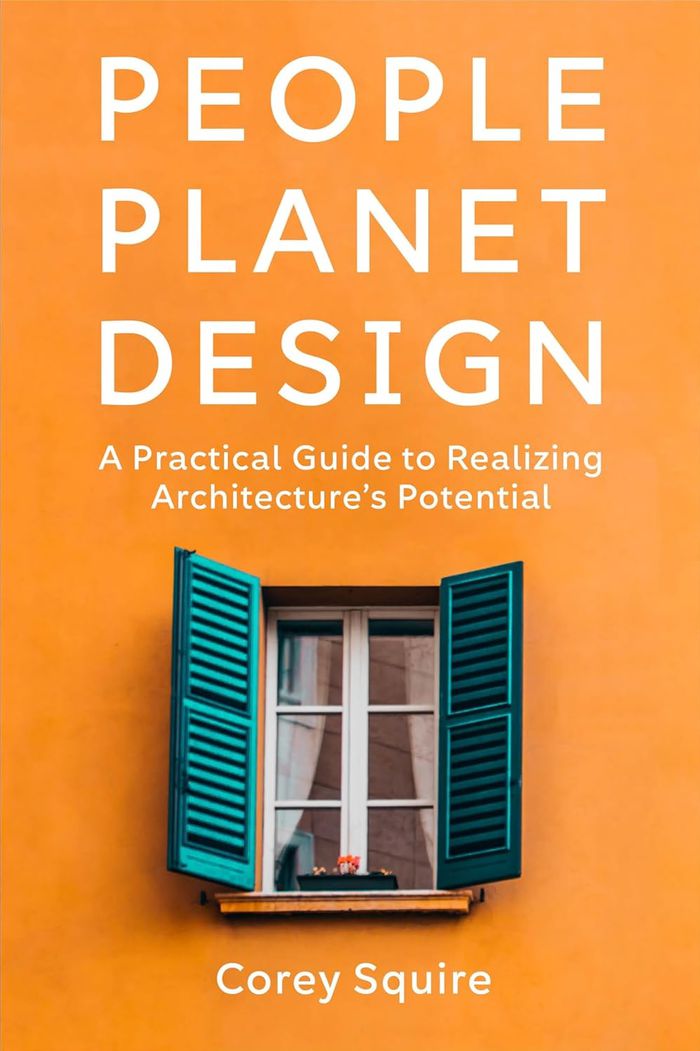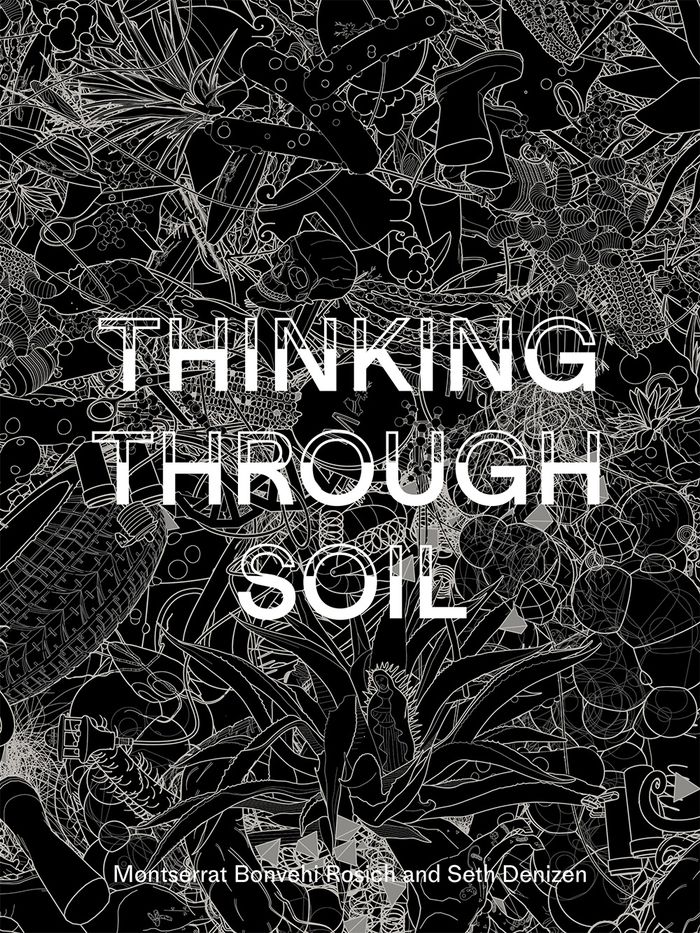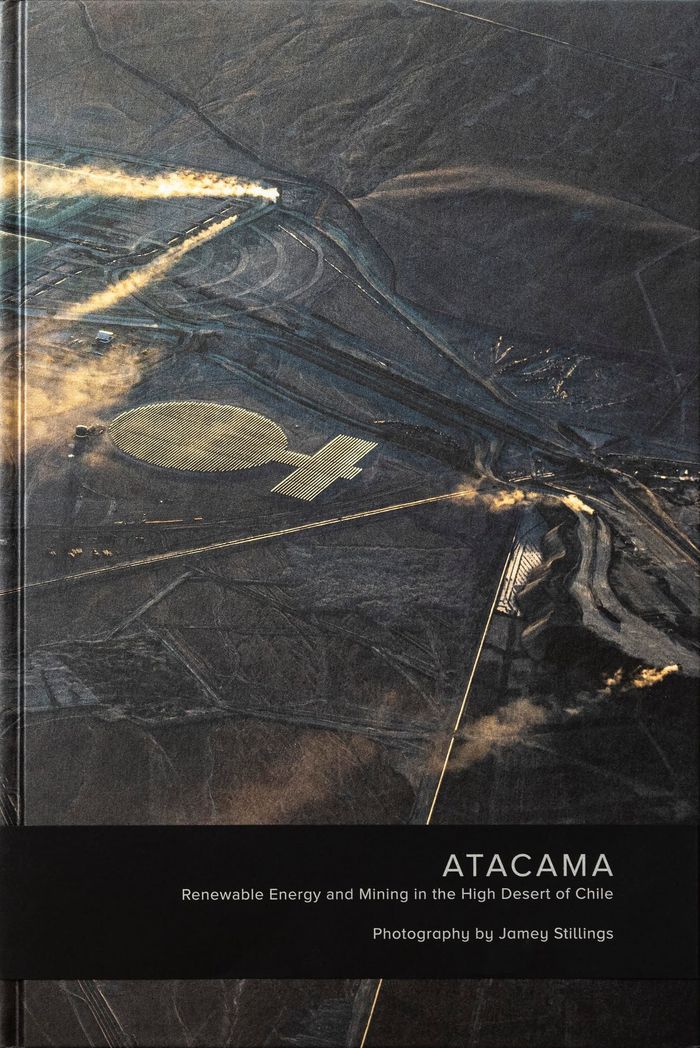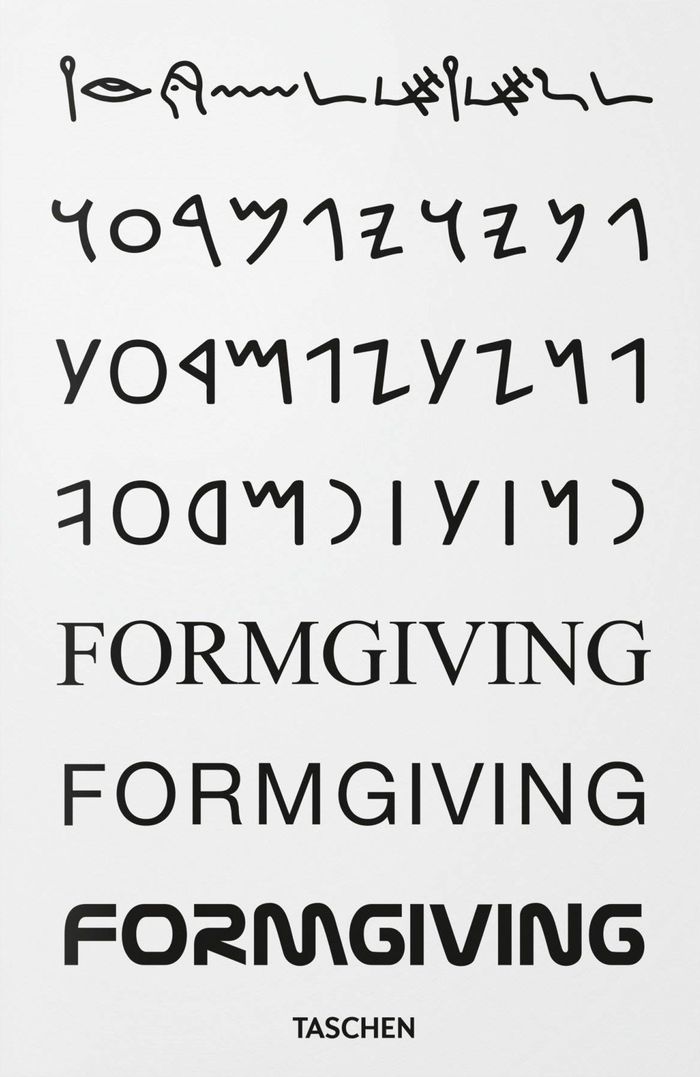$41.99
(disponible sur commande)
Résumé:
The current epoch is one of accumulation: not only of capital but also of raw, often unruly material, from plastic in the ocean and carbon in the atmosphere to people, buildings, and cities. Alongside this material growth, image-making practices embedded within the fields of art and architecture have proven to be fertile, mobile, and capacious. Images of accumulation help(...)
Théorie de l’architecture
avril 2022
Accumulation: the art, architecture and media of climate change
Actions:
Prix:
$41.99
(disponible sur commande)
Résumé:
The current epoch is one of accumulation: not only of capital but also of raw, often unruly material, from plastic in the ocean and carbon in the atmosphere to people, buildings, and cities. Alongside this material growth, image-making practices embedded within the fields of art and architecture have proven to be fertile, mobile, and capacious. Images of accumulation help open up the climate to cultural inquiry and political mobilization and have formed a cultural infrastructure focused on the relationships between humans, other species, and their environments. The essays in ''Accumulation'' address this cultural infrastructure and the methodological challenges of its analysis. They offer a response to the relative invisibility of the climate now seen as material manifestations of social behavior. Contributors outline opportunities and ambitions of visual scholarship as a means to encounter the challenges emergent in the current moment: how can climate become visible, culturally and politically? Knowledge of climatic instability can change collective behavior and offer other trajectories, counteraccumulations that draw the present into a different, more livable, future.
Théorie de l’architecture
$36.95
(disponible sur commande)
Résumé:
Place de la Madeleine, synonyme de l'alliance entre gatronomie et chic, mais aussi théâtre d'obsèques d'envergure nationale. Avec un budget serré et de nombreuses contraintes, L'agence h2o opère un changement majeur sur cet espace engorgé: la restitution de 4500 mètres carrés de sol aux piétons, un gain massif de 40 % accompli presque furtivement, en grapillant de(...)
H2O Architects: Faire place, Madeleine / Place-making at the Madeleine
Actions:
Prix:
$36.95
(disponible sur commande)
Résumé:
Place de la Madeleine, synonyme de l'alliance entre gatronomie et chic, mais aussi théâtre d'obsèques d'envergure nationale. Avec un budget serré et de nombreuses contraintes, L'agence h2o opère un changement majeur sur cet espace engorgé: la restitution de 4500 mètres carrés de sol aux piétons, un gain massif de 40 % accompli presque furtivement, en grapillant de l'espace partout ou l'occasion se présente. Quoi de plus luxueux à offrir aux Paridiens que ce dont ils ne jouissent que si peu : de l'espace non programmé, de la place, purement et simplement... / This is the first book of a monographic collection on the projects of h2o architectes. It showcases the construction of a residential building in Paris that features ashlar masonry facades. Requiring neither firing nor the addition of other products, stone material allows a 60% reduction in carbon emissions during the construction phase, in comparison to concrete, and a 35% reduction over a period of 50 years. The architects successfully demonstrate how load-bearing stone represents an economical alternative and lends a higher-quality standard of finish.
Architecture, monographies
$103.00
(disponible sur commande)
Résumé:
Current design of apartment buildings is facing challenges of philosophy and form. Past approaches no longer sustain new demands and require innovative thinking. The need for a new outlook is propelled by fundamental changes that touch upon environmental, economic, cultural and social aspects that led to the writing of this book. The depletion of non-renewable natural(...)
Innovative apartment buildings. New directions in sustainable design
Actions:
Prix:
$103.00
(disponible sur commande)
Résumé:
Current design of apartment buildings is facing challenges of philosophy and form. Past approaches no longer sustain new demands and require innovative thinking. The need for a new outlook is propelled by fundamental changes that touch upon environmental, economic, cultural and social aspects that led to the writing of this book. The depletion of non-renewable natural resources and climate change are a few of the environmental challenges that prompted designers to reconsider conceptual approaches in favour of ones that promote a better suitability between buildings and their environments. Concepts that minimize the building?s carbon footprint, passive solar gain, net-zero structures and water harvesting system are some of the contemporary strategies that architects and builders are integrating into their thought processes and design. Increasing costs of material, labour, land and infrastructure have posed economic challenges with affordability being paramount among them. The need to do with less brings about concepts that include adaptable dwellings, and smaller-sized yet quality-designed housing. Social challenges are also drawing attention.
Logements collectifs
Don't build, rebuild
$43.95
(disponible en magasin)
Résumé:
As climate change has escalated into a crisis, the reuse of existing structures is the only way to even begin to preserve our wood, sand, silicon, and iron, let alone stop belching carbon monoxide into the air. Our housing crisis means that we need usable buildings now more than ever, but architect and critic Aaron Betsky shows that new construction—often seeking to(...)
Don't build, rebuild
Actions:
Prix:
$43.95
(disponible en magasin)
Résumé:
As climate change has escalated into a crisis, the reuse of existing structures is the only way to even begin to preserve our wood, sand, silicon, and iron, let alone stop belching carbon monoxide into the air. Our housing crisis means that we need usable buildings now more than ever, but architect and critic Aaron Betsky shows that new construction—often seeking to maximize profits rather than resources, often soulless in its feel—is not the answer. Whenever possible, it is better to repair, recycle, renovate, and reuse—not only from an environmental perspective, but culturally and artistically as well. Architectural reuse is as old as civilization itself. In the streets of Europe, you can find fragments from the Roman Empire. More recently, marginalized communities from New York to Detroit—queer people looking for places to gather or cruise, punks looking to make loud music, artists and displaced people looking for space to work and live—have taken over industrial spaces created then abandoned by capitalism, forging a unique style in the process. Their methods—from urban mining to dumpster diving—now inform architects transforming old structures today.
Théorie de l’architecture
$57.95
(disponible sur commande)
Résumé:
Architecture and environmental design are among the last professional fields to develop a sustained and nuanced discussion concerning ethics. Hemmed in by politics and powerful clients on one side and the often unscrupulous practices of the construction industry on the other, environmental designers have been traditionally reluctant to address ethical issues head on. And(...)
Théorie de l’architecture
septembre 2007, Hanover and London
Architecture, ethics, and the personhood of place
Actions:
Prix:
$57.95
(disponible sur commande)
Résumé:
Architecture and environmental design are among the last professional fields to develop a sustained and nuanced discussion concerning ethics. Hemmed in by politics and powerful clients on one side and the often unscrupulous practices of the construction industry on the other, environmental designers have been traditionally reluctant to address ethical issues head on. And yet the rapid urbanization of the world's population continues to swell into new megacities, each less healthy, welcoming, secure, or environmentally sustainable than the next. Green, carbon-reduced, and sustainable building practices are important ways architects have recently responded to the symptoms of the crisis, but are these efforts really addressing the core issues? Taking the Din� (Navajo) "Hogan Song"�a song used to protect and nourish the personhood of newly constructed dwellings�as their inspiration, the architects, philosophers, poets, and other contemporary scholars contributing to this volume demonstrate that a deeper, more radical change in our relationship to the built world needs to occur. While offering a careful critique of modernist, corporate, or techno-enthralled design practices, these essays investigate an alternative "relational ecology" whose wisdom draws from ancient and often-marginalized voices, if not the whisperings of the earth itself.
Théorie de l’architecture
livres
Description:
xv, 304 pages : illustrations (chiefly color) ; 23 cm
Chicago : Society of American Archivists, [2020], ©2020
Defining a discipline : archival research and practice in the twenty-first century : essays in honor of Richard J. Cox / edited by Jeannette A. Bastian & Elizabeth Yakel.
Actions:
Exemplaires:
Description:
xv, 304 pages : illustrations (chiefly color) ; 23 cm
livres
Chicago : Society of American Archivists, [2020], ©2020
$49.95
(disponible en magasin)
Résumé:
If you were asked to close your eyes and envision where you are happiest, would you picture somewhere inside a building? North Americans are inside buildings for more than 90% of the day. Meanwhile, the indoors are stifling us, sometimes even killing us. Buildings, and the materials that make them up, expose us to materials linked to negative health impacts. The(...)
People, planet, design: A practical guide to realizing architecture's potential
Actions:
Prix:
$49.95
(disponible en magasin)
Résumé:
If you were asked to close your eyes and envision where you are happiest, would you picture somewhere inside a building? North Americans are inside buildings for more than 90% of the day. Meanwhile, the indoors are stifling us, sometimes even killing us. Buildings, and the materials that make them up, expose us to materials linked to negative health impacts. The construction and operation of buildings is responsible for 40% of climate-changing carbon emissions. In the US, the design choices made by the typical architecture firm employee each year can reduce emissions by about 300 times that of an average American. But the promise of sustainable architecture will not be realized if sustainability remains a secondary consideration for architects. What if great design were defined by its ability to cool the planet, heal communities, enhance ecological functioning, and advance justice? In "People, planet, design," architect Corey Squire builds the case, provides the data, and lays out the practical tools for a transformative human-centered architecture. This approach integrates beauty and delight with an awareness of how every design choice impacts the community, the planet, and the people who will use the building. Outcome-focused with a deep dive into practical design strategies, the book showcases ten building systems that embody design excellence.
Architecture écologique
$54.00
(disponible en magasin)
Résumé:
To think through soil is to engage with some of the most critical issues of our time. In addition to its agricultural role in feeding eight billion people, soil has become the primary agent of carbon storage in global climate models, and it is crucial for biodiversity, flood control, and freshwater resources. Perhaps no other material is asked to do so much for the human(...)
Expositions en cours
juin 2025
Thinking through soil: Wastewater agriculture in the Mezquital Valley
Actions:
Prix:
$54.00
(disponible en magasin)
Résumé:
To think through soil is to engage with some of the most critical issues of our time. In addition to its agricultural role in feeding eight billion people, soil has become the primary agent of carbon storage in global climate models, and it is crucial for biodiversity, flood control, and freshwater resources. Perhaps no other material is asked to do so much for the human environment, and yet our basic conceptual model of what soil is and how it works remains surprisingly vague. In cities, soil occupies a blurry category whose boundaries are both empirically uncertain and politically contested. Soil functions as a nexus for environmental processes through which the planet’s most fundamental material transformations occur, but conjuring what it actually is serves as a useful exercise in reframing environmental thought, design thinking, and city and regional planning toward a healthier, more ethical, and more sustainable future. Through a sustained analysis of the world’s largest wastewater agricultural system, located in the Mexico City–Mezquital hydrological region, ''Thinking Through Soil'' imagines what a better environmental future might look like in central Mexico. More broadly, this case study offers a new image of soil that captures its shifting identity, explains its profound importance to rural and urban life, and argues for its capacity to save our planet.
Expositions en cours
$85.00
(disponible sur commande)
Résumé:
With "Atacama", Jamey Stillings again shares his distinctive aerial perspective to examine dramatic large-scale renewable energy projects, the visual dynamic of enormous mining operations and the stark beauty of the Atacama Desert, so often scarred by human activity. Chile produces a third of the world’s copper and has the largest known lithium reserves, and we utilize(...)
Jamey Stillings: Atacama, renewable energy and mining in the high desert of Chile
Actions:
Prix:
$85.00
(disponible sur commande)
Résumé:
With "Atacama", Jamey Stillings again shares his distinctive aerial perspective to examine dramatic large-scale renewable energy projects, the visual dynamic of enormous mining operations and the stark beauty of the Atacama Desert, so often scarred by human activity. Chile produces a third of the world’s copper and has the largest known lithium reserves, and we utilize these resources daily in our cars, computers and smartphones. The country’s mining industry has traditionally been dependent on imported coal, diesel and natural gas for its energy. Yet the Atacama Desert has excellent solar and wind potential: new renewable energy projects there now supply significant electricity to the northern grid, transmit power to population centers in the south, and are reducing mining’s dependence on fossil fuel. Stillings’ aesthetic interest in the human-altered landscape and concerns for environmental sustainability are principal pillars of his work. His photography elicits a critical dialogue about meeting our needs and desires while seeking equilibrium between nature and human activity. "Atacama," the latest chapter in his ongoing project "Changing perspectives," shows how photography can concurrently be a source of inspiration, motivation and information, and reminds us that a carbon-constrained future is crucial to a responsible approach to life on earth.
Monographies photo
Big, Formgiving
$70.00
(disponible en magasin)
Résumé:
''Formgiving : an architectural future history,'' the new book by BIG (Bjarke Ingels Group), is a visionary attempt to look at the horizon of time. With ''Formgiving,'' BIG presents the third part of its TASCHEN trilogy, which began with ''Yes is More,'' one of the most successful architectural books of its generation, and continued with ''Hot to Cold.'' The book is(...)
Big, Formgiving
Actions:
Prix:
$70.00
(disponible en magasin)
Résumé:
''Formgiving : an architectural future history,'' the new book by BIG (Bjarke Ingels Group), is a visionary attempt to look at the horizon of time. With ''Formgiving,'' BIG presents the third part of its TASCHEN trilogy, which began with ''Yes is More,'' one of the most successful architectural books of its generation, and continued with ''Hot to Cold.'' The book is presented in a timeline, stretching from the Big Bang into the most distant future. Projects are structured around six strands of evolution- ''Making,'' ''Sensing,'' ''Sustaining,'' ''Thinking,'' ''Healing,'' and ''Moving''- the multimedia-based, interdisciplinary concepts encompassing the building industry. Culture, climate, and landscape, as well as all the energies derived from the elements- the thermal mass of the ocean, the dynamics of currents, the energy and warmth of the sun, the power of the wind- are incorporated into these projects. Throughout more than 700 pages, Bjarke Ingels presents his personal selection of projects, including the 12,000-square-meter LEGO House in Denmark, the human-made ecosystems floating on oceans, the redesign of a World War II bunker into a contemplative museum, and the ski slope-infused power plant celebrating Copenhagen’s commitment to carbon neutrality. Through architecture and design, BIG gives shape to a sustainable and simultaneously colorful world.
Architecture, monographies
